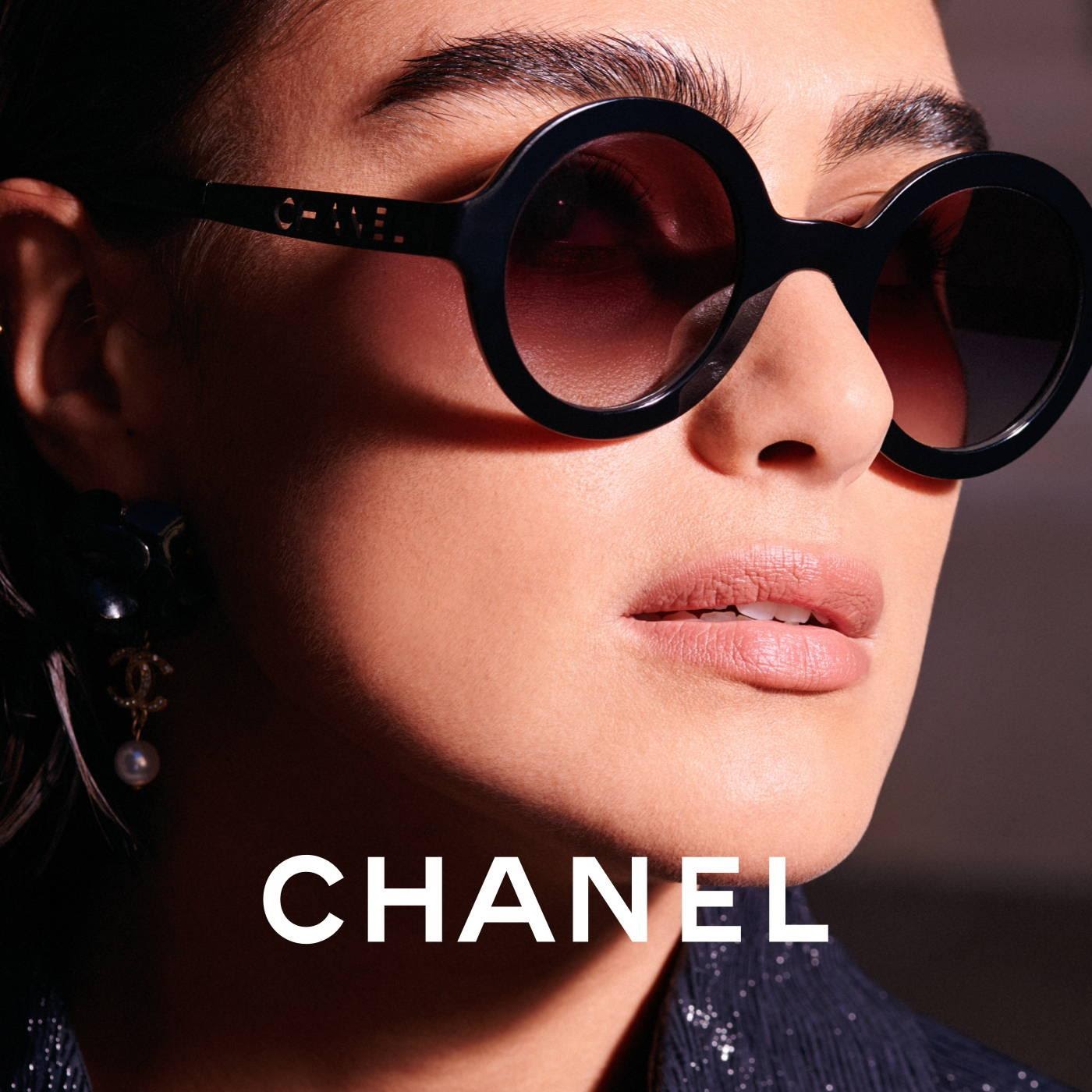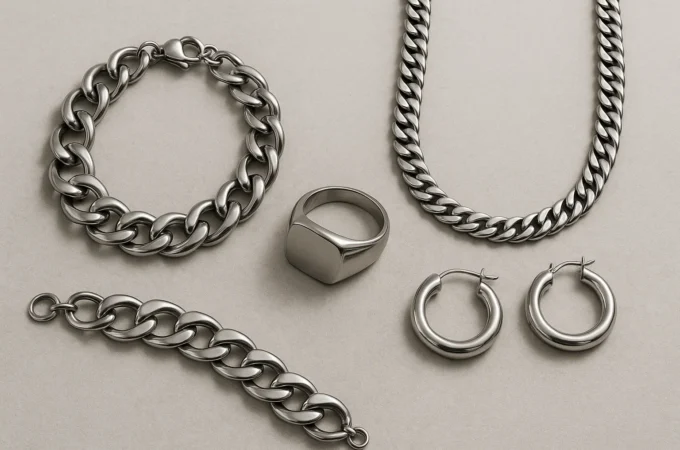
Which Sunglasses Protect Eyes Properly?
Sun rays can damage not only the skin, but also the eyes. Possible consequences of UV-A and UV-B rays are inflammation of the cornea or conjunctiva, clouding of the lens (cataracts) and cancer. Experts also suspect a connection between sun rays and the development of macular degeneration. To prevent damage to the eye, sunglasses should be worn in strong sunshine. For that reason, Pretavoir brings you a classical touch and elegant look sunglasses. You can get it online, just visit the online shop and select the one that suits you the best.
How sun rays harm the eye
In the eye, the lens absorbs most of the UV-A and UV-B rays. In the process, proteins change, so that the lens can become cloudy in the long term. A small part of the long-wave UV-A radiation hits the retina through the lens. If extremely strong rays hit the retina without being filtered for more than 30 seconds, a photochemical reaction occurs: the photoreceptors of the retina are destroyed. A direct look into the sun, for example when observing a solar eclipse, can lead to acute, irreversible damage within seconds. In so-called snow blindness, the cornea burns within hours.

But so-called sunburn in the eye, which usually heals again after about one to two days, is unpleasant. Typical symptoms are red, burning or sore eyes and blurred vision after exposure to the sun.
High UV exposure on the water
You should therefore protect your eyes, especially on the beach and in the water. The danger is particularly great in water sports: the so-called surfer’s eye is an overgrowth of the conjunctiva that often arises as a result of intense sunlight on the water. Because there the light not only comes from above, but is reflected from all sides by the surface of the water. As a result of the extreme UV exposure, the conjunctiva grows beyond the cornea. If the growth becomes too large, it must be removed.
Filters: “UV400” or “100 percent UV protection” is important
For effective sun protection, sunglasses should filter out all UV rays up to a wavelength of 400 nanometers. Such glasses can be recognized by the label “UV400” or “100 percent UV protection”. The label assures the buyer that the glasses protect the eyes from harmful UV rays.
In addition, additional infrared protection is recommended, especially for places where the solar radiation is particularly intense, such as by the sea or in the snow. The infrared radiation from the sun could otherwise heat up the eye and thus damage the lens and retina.
The CE mark, on the other hand, must be embossed in all sunglasses: it indicates that at least UV protection up to 380 nanometers is available – however, this information is not checked by any independent body.
Children should also wear sunglasses because their eyes are particularly sensitive to UV radiation.

Older sunglasses often offer no protection
Be careful with older models of glasses: they often let a large part of the UV rays through and should be replaced because our pupils open behind dark glasses and allow more rays into the eye. The retina is then exposed to them without protection. It is better not to wear sunglasses than one with poor UV protection. You can have an optician measure whether your existing sunglasses really protect you.
Shape: Sunglasses should cover eyes
Sunglasses should sit in such a way that they cover the eyes as completely as possible and also prevent radiation from the side. It should also be as close as possible to the eyes. Wider temples protect against stray light from the side.
Tinting does not mean UV protection
The tint of the lenses says nothing about the UV protection. But bright light blinds the eyes and makes them tire faster. The brighter the light, the darker the glasses should be. Manufacturers differentiate between five categories from 0 for very low tint to 5 for very dark. High-quality glasses contain a polarization filter that reduces light reflections and ensures a clearer picture. The color of the lenses is a matter of taste. Orange glasses make everything green appear fuller and increase contrasts. They are not suitable for road traffic because they alienate signs and warning lights.
Test the quality of the glasses before buying
The quality of the glasses is shown, among other things, in the fact that they have no inclusions or irregularities. Objects must not appear distorted or bent, as this can lead to a headache. A simple test before buying: hold the glasses some distance in front of your face and aim for a straight line. If the glasses move slightly, the line should not be distorted.
Have you ever realized that where did this little wrinkles at your eye corner come from? It appears because of extended time spent in the sun or exposed to the sun. You’ll need to protect your eye’s whites from damage, ultimately by blocking eyeball-searing ultraviolet (UV) light.
Polarized Lenses
Polarized lenses reduce glare which you may expose to in the snow or at the beach. However, they cannot completely use as an alternative of UV protection.
Although you see better through them when there is intensive sunlight, you may also feel harder to to see things around you, such as screens, dashboards, or smartphones.
Darkness and Color
Remember, a complete black lens doesn’t mean that it blocks entire UV rays. Therefore, you should read label on the sunglasses.
The black dot in the middle of your eye is called pupil that controls the amount of light to enter into. Wearing dark or black lens makes the pupil opens more to absorb more light. If your sunglasses aren’t labelled to block UV rays, you might let even more into the back of your eye.
Lenses
What do you think is the best: Plastic? Shatterproof glass? Some newfangled polycarbonate material? Once again, it depends on individual’s taste and also personality. It really matters that how well assist you in your vision. Nonetheless, some curved lenses may cause distortion in your vision, that is not good but that is also not the case every time.




